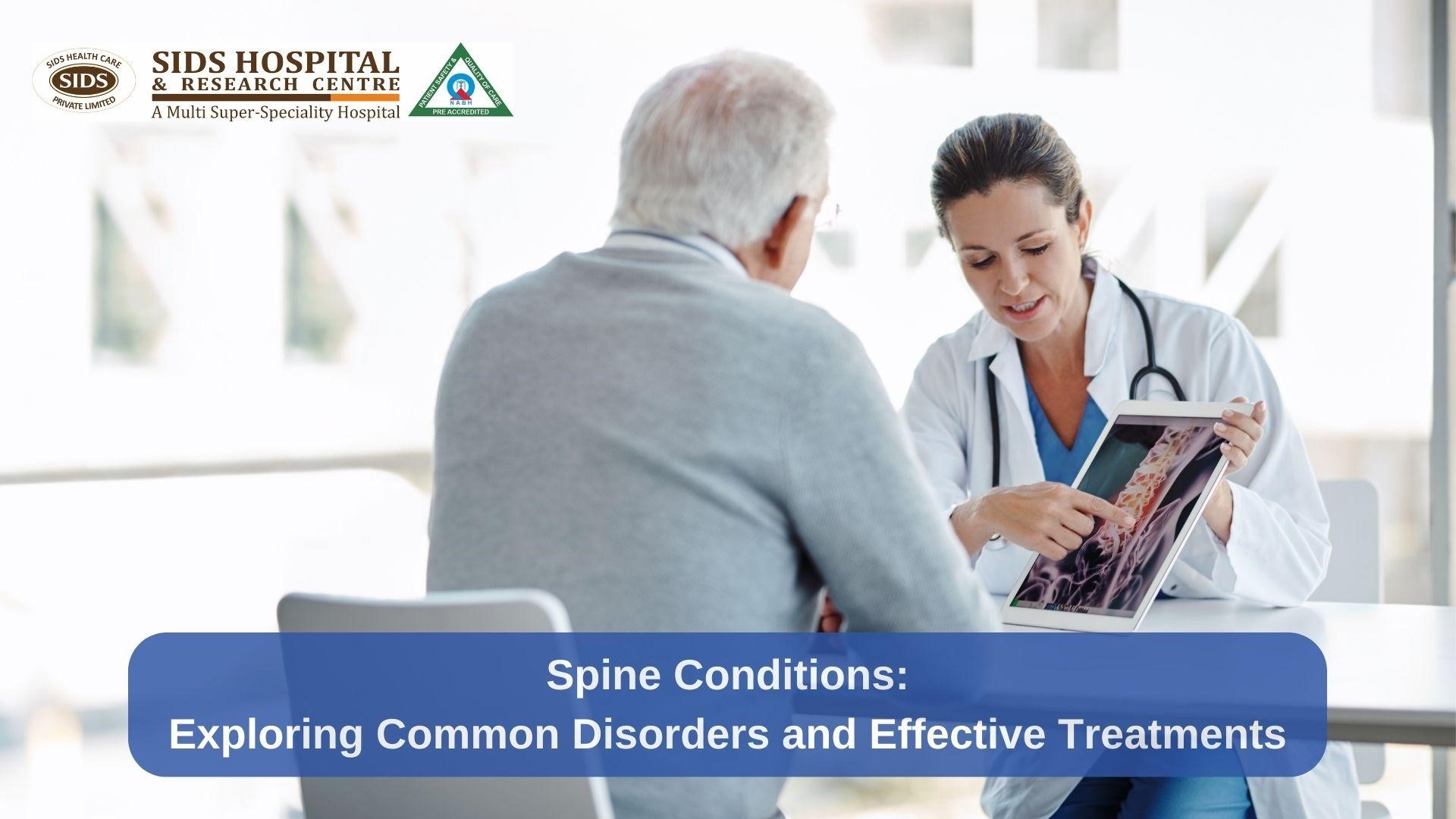Spinal Health 101: Importance, Risks, and Management Tips
Your spine is more than just a stack of bones, it’s the central support structure of your body, housing the spinal cord and enabling movement, flexibility, and posture. Experts from SIDS Hospital, one of the Best Hospital in Surat say that despite its critical role, spinal health often takes a backseat. Poor spinal health can lead to discomfort, mobility issues, and a ripple effect of health complications. In this blog, we’ll explore why spinal health is important, the potential complications of neglecting it, and actionable tips to manage spinal conditions effectively.
Why Is Spinal Health Important?
The spine is integral to nearly every aspect of physical health and well-being. Some of the best spine specialists in Surat available at SIDS hospital advice making spinal health a top priority because:
- Protects the Nervous System:
The spinal cord, housed within the vertebrae, is a vital part of the central nervous system. It transmits signals between the brain and the rest of the body, regulating functions like movement, sensation, and organ activity. Any disruption to spinal health can interfere with this communication. - Supports Mobility and Posture:
A healthy spine allows you to move, bend, twist, and carry out daily activities with ease. It also maintains your posture, which is crucial for reducing strain on muscles and joints. - Absorbs Impact:
The spine’s intervertebral discs act as shock absorbers, cushioning the impact of activities like walking, running, and lifting. Keeping these discs healthy ensures smooth movement and reduces the risk of injury. - Foundation for Overall Health:
The spine influences other systems in the body. Poor spinal health can contribute to issues like headaches, reduced lung capacity, and even digestive problems due to poor posture or nerve compression.
Complications of Poor Spinal Health
Neglecting spinal health can lead to a range of complications that affect physical, mental, and emotional well-being. Some of the most common issues include:
- Chronic Back Pain:
Poor posture, weak core muscles, or untreated injuries can lead to persistent back pain, which is a leading cause of disability worldwide. - Herniated Discs:
Over time, the intervertebral discs can wear down or rupture, causing pain, numbness, and weakness, often radiating to other parts of the body. - Sciatica:
Compression of the sciatic nerve can lead to sharp, shooting pain that travels from the lower back to the legs. This condition often results from poor spinal alignment or herniated discs. - Spinal Stenosis:
Narrowing of the spinal canal can put pressure on the nerves, causing pain, numbness, and difficulty walking. This condition is more common in older adults. - Postural Deformities:
Poor spinal health can lead to conditions like scoliosis (curvature of the spine) or kyphosis (hunchback posture), which may worsen over time without proper intervention. - Reduced Quality of Life:
Persistent spinal issues can limit mobility, making it challenging to perform everyday tasks, exercise, or enjoy leisure activities. This often leads to a cycle of reduced activity and worsening symptoms.
Tips and Tricks to Manage Spinal Conditions
Whether you’re looking to prevent spinal issues or manage existing conditions, incorporating these tips from the best spine specialists in Surat into your routine can make a significant difference:
1. Maintain Good Posture
● Keep your head aligned with your spine when sitting or standing. Avoid slouching or craning your neck forward.
● Use ergonomic furniture, such as a chair with lumbar support or a standing desk, to reduce strain on your spine during work.
2. Strengthen Your Core
● Core muscles support the spine and help maintain proper alignment. Incorporate exercises like planks, bridges, and Pilates into your fitness routine.
● Engage in low-impact activities such as swimming or yoga, which strengthen the back and core without putting excessive pressure on the spine.
3. Stay Active and Stretch Regularly
● Regular physical activity improves spinal health by maintaining flexibility and strength.
● Stretch your back, neck, and shoulders daily to relieve tension and improve mobility.
4. Lift Properly
● Use your legs, not your back, to lift heavy objects. Bend at the knees and keep the object close to your body. Avoid twisting while lifting.
5. Sleep Smart
● Choose a supportive mattress and pillow that align your spine naturally.
● Sleep on your back or side, rather than your stomach, to avoid straining your neck and lower back.
6. Maintain a Healthy Weight
● Excess weight, especially around the abdomen, can strain the lower back and accelerate spinal degeneration.
● Adopt a balanced diet rich in calcium and vitamin D to support bone health.
When to Seek Medical Attention
While many spinal issues can be managed with lifestyle changes, certain symptoms should be checked out by experts from the best hospital in Surat, including:
● Severe or worsening back pain.
● Numbness, tingling, or weakness in the arms or legs.
● Difficulty walking or loss of bladder/bowel control, which may indicate nerve compression.
● Persistent pain after an injury or accident.
Conclusion
Your spine is the backbone of your overall well-being, playing a critical role in movement, posture, and communication between your brain and body. Poor spinal health can lead to chronic pain, mobility issues, and a diminished quality of life. Don’t let spinal issues hold you back. Take proactive steps today to ensure your spine remains strong and supportive for years to come.


 Book Appointment
Book Appointment.png) Video Consultation
Video Consultation









